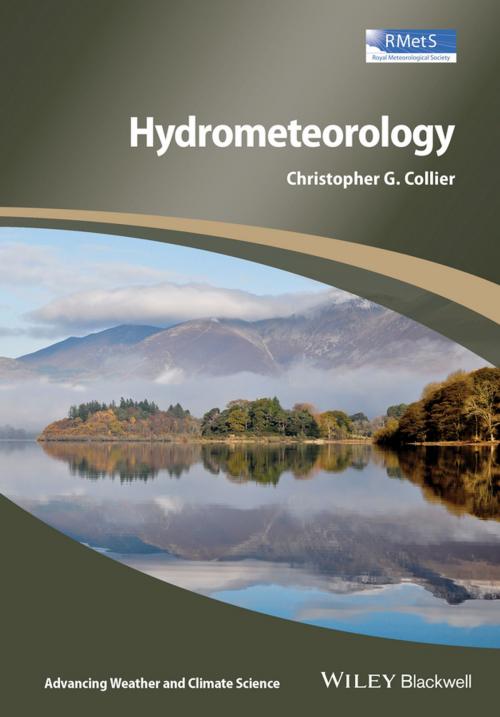| Author: | Christopher G. Collier | ISBN: | 9781118414941 |
| Publisher: | Wiley | Publication: | July 25, 2016 |
| Imprint: | Wiley-Blackwell | Language: | English |
| Author: | Christopher G. Collier |
| ISBN: | 9781118414941 |
| Publisher: | Wiley |
| Publication: | July 25, 2016 |
| Imprint: | Wiley-Blackwell |
| Language: | English |
Hydrometeorology presents an introduction to relevant topics in the interdisciplinary fields of hydrology and meteorology. This book is one of the few books aiming to provide a balance between aspects of meteorological and hydrological processes. The transfer of energy and water between the land surface and lower atmosphere within the hydrological cycle is addressed followed by a description of the nature of precipitation, and how it is formed. Forecasting precipitation is reviewed on all scales, and the range of rainfall-runoff models and coastal surge models and forecasts (including tsunamis) which have been, and are being, used are discussed.
The mechanisms of snow, ice (glacier, sea and tundra), evaporation and transpiration, how drought occurs and the representation of wind are described. How rainfall (including radar measurements) and river flow information is gathered and analysed (including, frequency analysis, Probable Maximum Precipitation and Flood) are presented. Satellite measurements of precipitation are discussed. Examples of major past floods and droughts are given.
Past and future climate change, which is included, underpins the importance of hydro-meteorological processes. The structure of the general circulation of the atmosphere and how it influences weather and climate including the Hadley, Ferrel and Polar cells, the Trade winds and the El Nino, is outlined. Finally, the influence of urban areas on rainfall formation, dealing with urban drainage and air quality are described.
Each chapter ends with one or two specific points as appendices, elements discussed in the chapter and a list of sample problems to aid understanding.
Readership: This book is aimed at 3rd year undergraduate and postgraduate students on hydrology/hydrometeorology, environmental science and geography courses. Professionals in environmental protection agencies and consultancies will also find the book of great interest. It contains a balance of both the physics and mathematics which underpin such courses and activities.
Hydrometeorology presents an introduction to relevant topics in the interdisciplinary fields of hydrology and meteorology. This book is one of the few books aiming to provide a balance between aspects of meteorological and hydrological processes. The transfer of energy and water between the land surface and lower atmosphere within the hydrological cycle is addressed followed by a description of the nature of precipitation, and how it is formed. Forecasting precipitation is reviewed on all scales, and the range of rainfall-runoff models and coastal surge models and forecasts (including tsunamis) which have been, and are being, used are discussed.
The mechanisms of snow, ice (glacier, sea and tundra), evaporation and transpiration, how drought occurs and the representation of wind are described. How rainfall (including radar measurements) and river flow information is gathered and analysed (including, frequency analysis, Probable Maximum Precipitation and Flood) are presented. Satellite measurements of precipitation are discussed. Examples of major past floods and droughts are given.
Past and future climate change, which is included, underpins the importance of hydro-meteorological processes. The structure of the general circulation of the atmosphere and how it influences weather and climate including the Hadley, Ferrel and Polar cells, the Trade winds and the El Nino, is outlined. Finally, the influence of urban areas on rainfall formation, dealing with urban drainage and air quality are described.
Each chapter ends with one or two specific points as appendices, elements discussed in the chapter and a list of sample problems to aid understanding.
Readership: This book is aimed at 3rd year undergraduate and postgraduate students on hydrology/hydrometeorology, environmental science and geography courses. Professionals in environmental protection agencies and consultancies will also find the book of great interest. It contains a balance of both the physics and mathematics which underpin such courses and activities.















